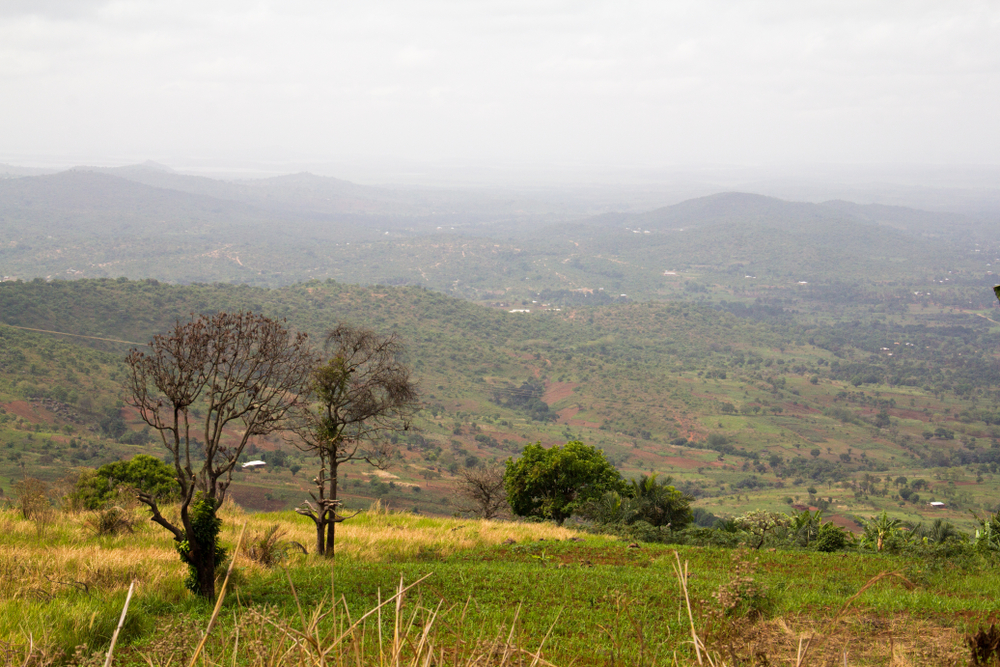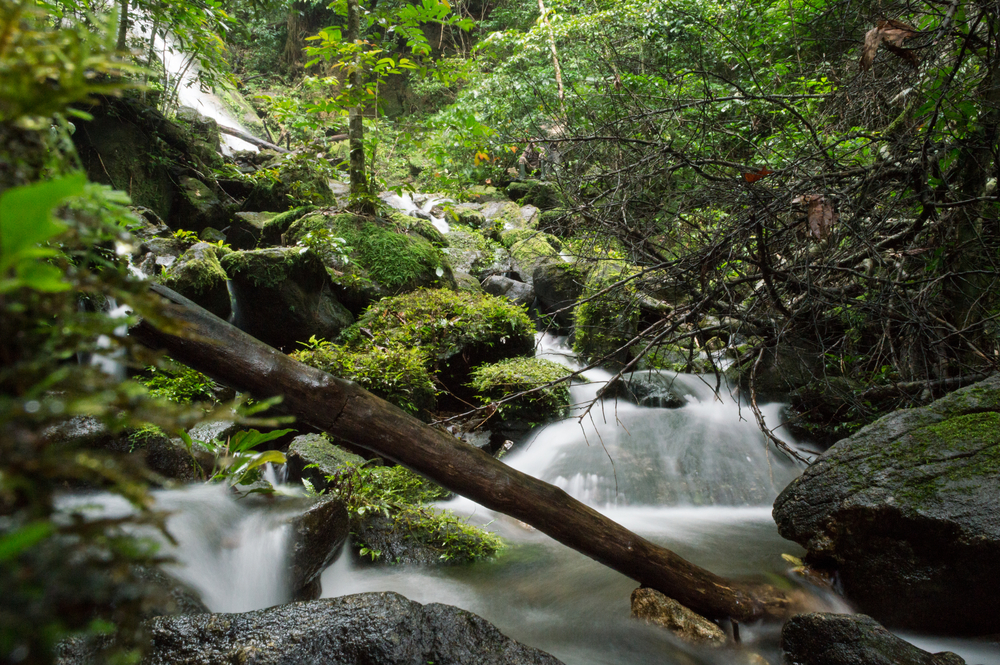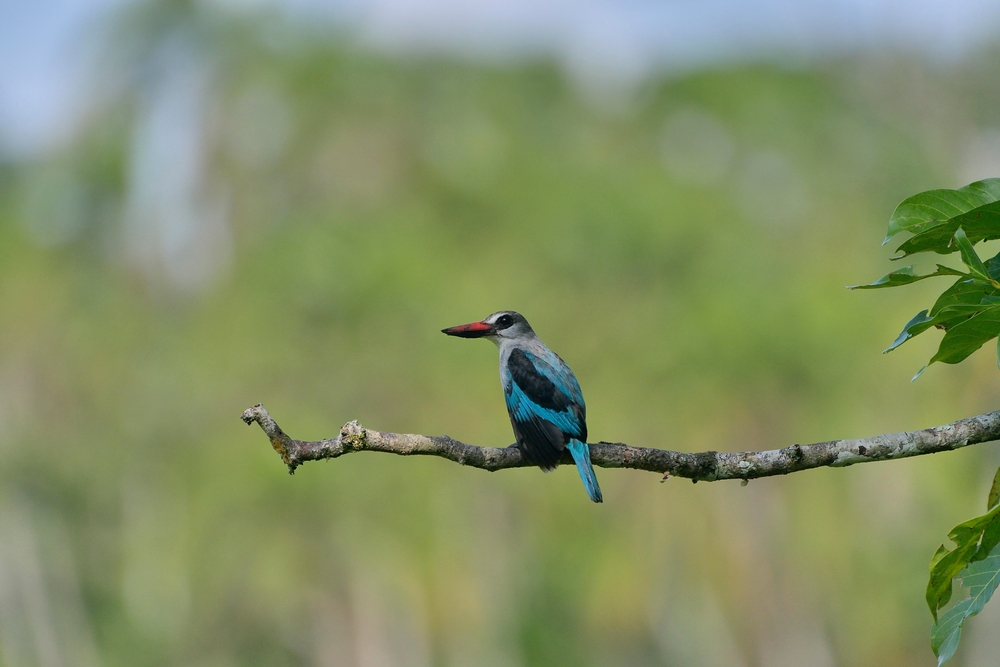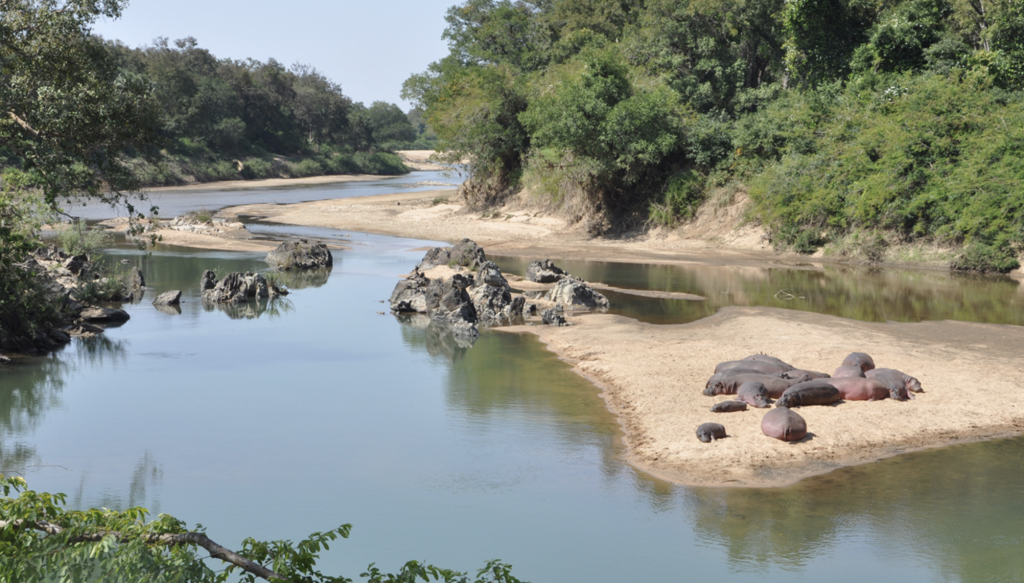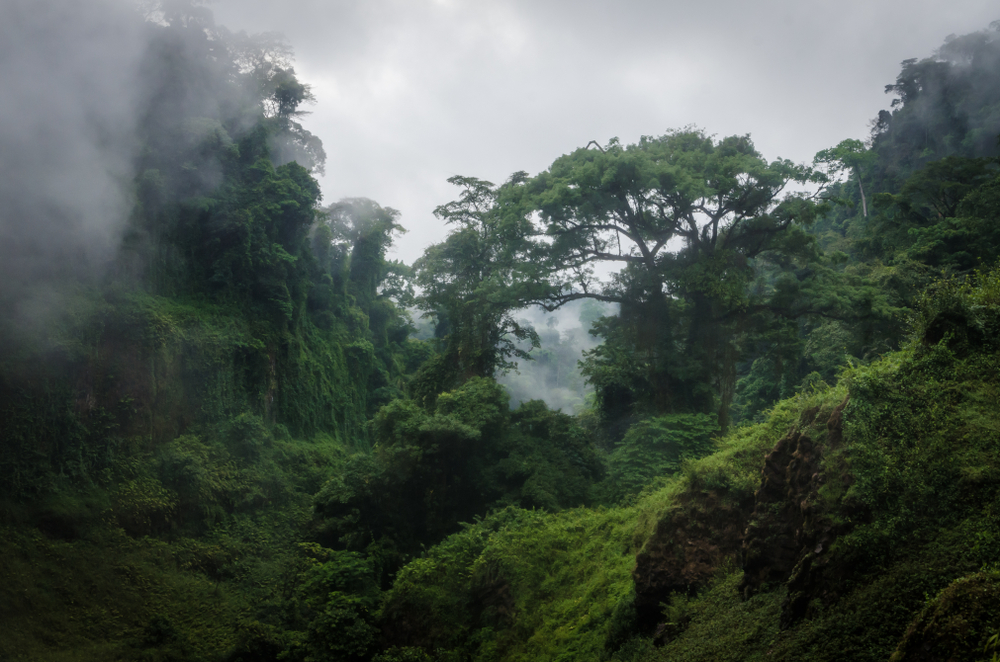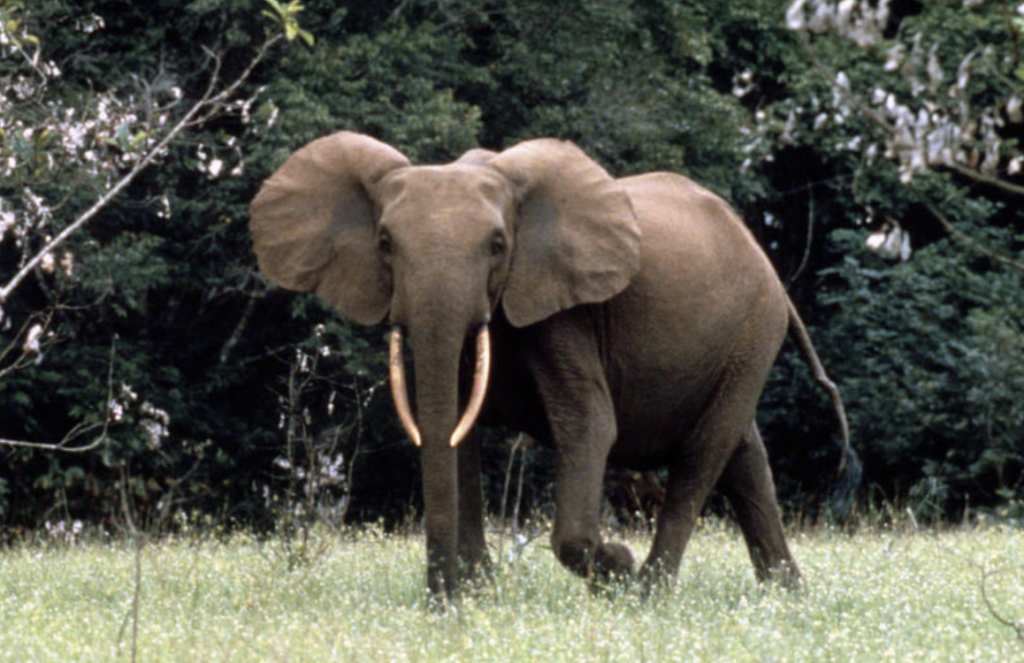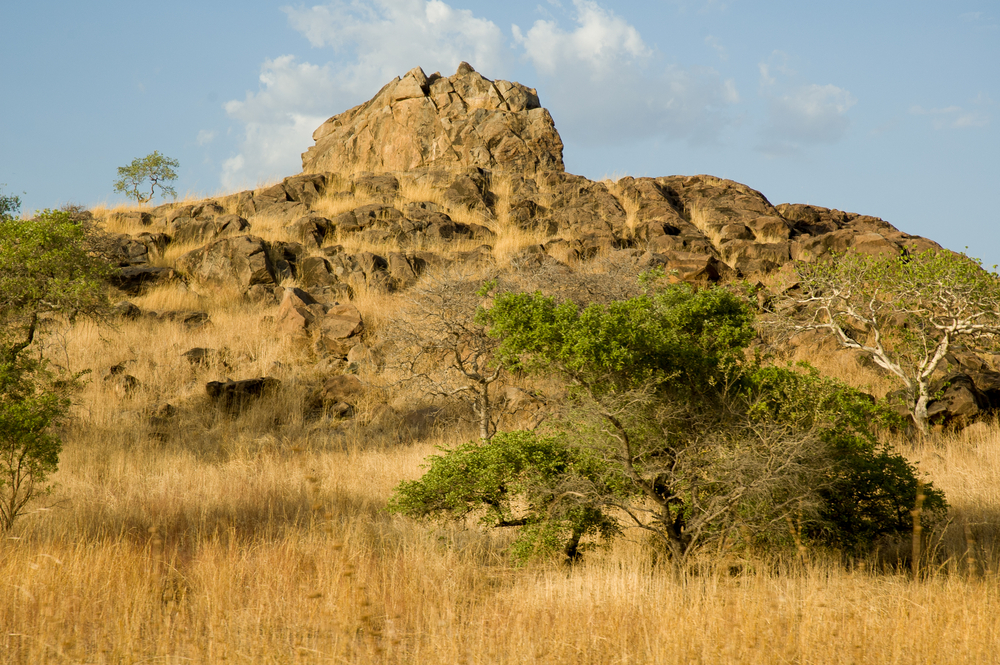Takamanda Overview
Takamanda National Park, locally known as “Parc National de Takamanda”, is a vital conservation area in southwestern Cameroon, near the border with Nigeria. Established in 2008, the park spans approximately 676 square kilometers (261 square miles) and is part of the Cross-Sanaga-Bioko coastal forest ecoregion, a globally significant biodiversity hotspot. Takamanda’s lush landscapes and rare wildlife make it a critical area for conservation and an emerging destination for eco-tourism.
The park’s terrain is characterized by rolling hills, rugged mountains, and river valleys. Its dense tropical rainforests dominate the landscape, creating a canopy that supports a rich variety of plant and animal life. The park’s rivers and streams are lifelines for the region, forming vital aquatic habitats and providing resources for local communities. The varied elevation and microclimates create a range of ecological niches, enhancing the park’s biodiversity.
Takamanda National Park is internationally recognized for its population of critically endangered Cross River gorillas, one of the world’s rarest primates. It also supports other primates, such as Nigeria-Cameroon chimpanzees and drills. Mammals like forest elephants, duikers, and bush pigs inhabit the park, while its birdlife includes species such as turacos, hornbills, and sunbirds. Reptiles, amphibians, and a myriad of insects add to the park’s ecological richness, showcasing the diversity of Cameroon’s wildlife.
Visitors to Takamanda National Park can engage with its natural wonders through guided forest treks, gorilla tracking, and birdwatching tours. Gorilla tracking is a highlight, offering a rare opportunity to observe these elusive primates in their natural habitat. Hiking trails provide a chance to explore the park’s varied landscapes, from river valleys to forested hills. Bird enthusiasts can enjoy spotting vibrant and rare species, while cultural experiences with nearby communities offer insights into traditional lifestyles and conservation practices.
Despite its ecological importance, Takamanda National Park faces significant challenges. Poaching and illegal hunting for bushmeat threaten the park’s wildlife, particularly its gorillas and other large mammals. Logging and agricultural encroachment result in habitat loss and fragmentation. Human-wildlife conflict has also escalated as communities expand their activities near park boundaries. Conservation efforts, spearheaded by the Cameroonian government in partnership with international organizations, focus on anti-poaching patrols, habitat restoration, and community-based initiatives. Promoting eco-tourism is a key strategy to generate sustainable income and raise awareness of the park’s importance.
Takamanda National Park is a cornerstone of Cameroon’s natural heritage, representing a sanctuary for critically endangered species and a symbol of the country’s commitment to biodiversity conservation. Its lush rainforests, unique wildlife, and cultural significance make it a valuable destination for eco-tourism and a critical area for global conservation. Protecting Takamanda ensures the survival of its unique ecosystems and supports efforts to preserve some of the world’s most threatened species for future generations.











































































